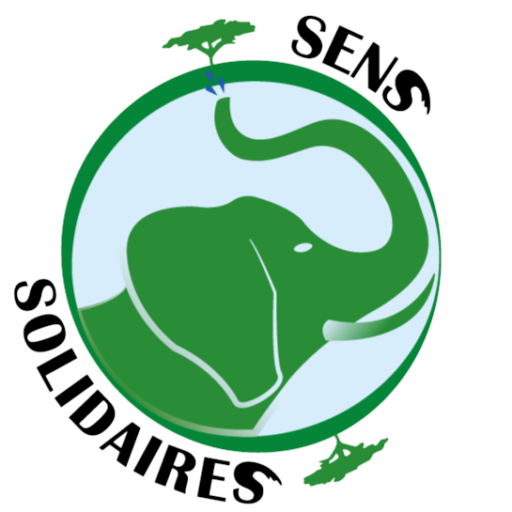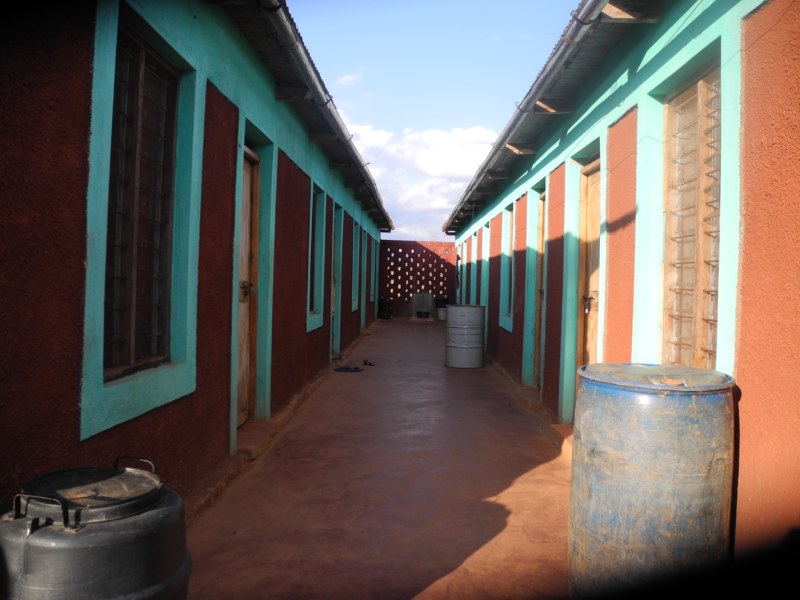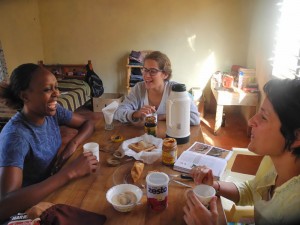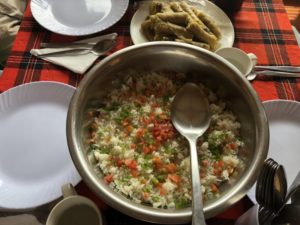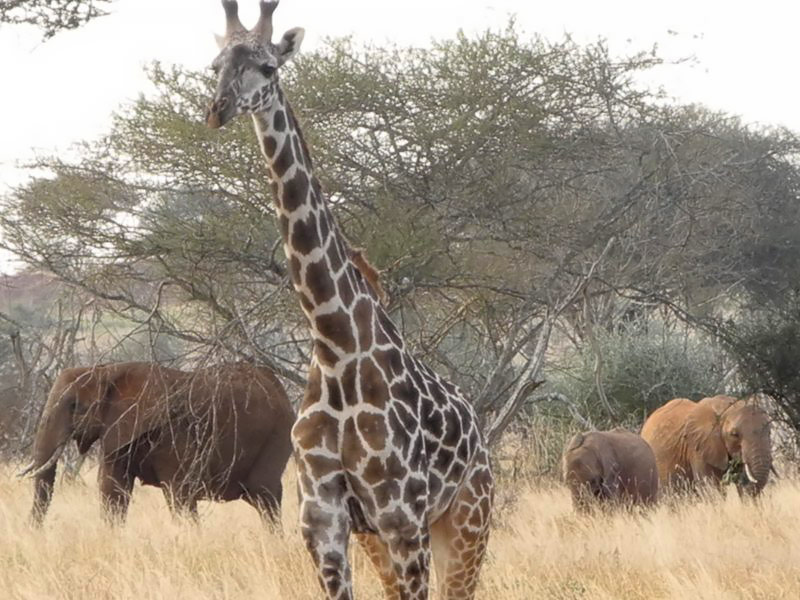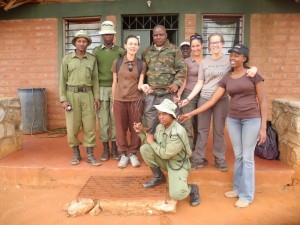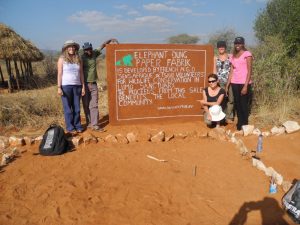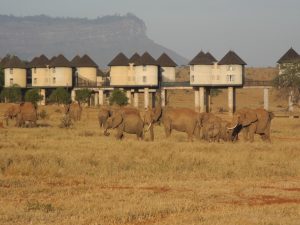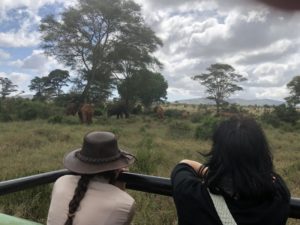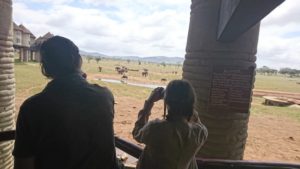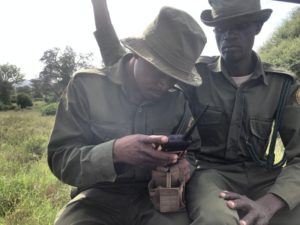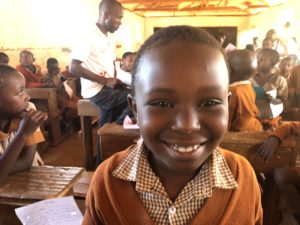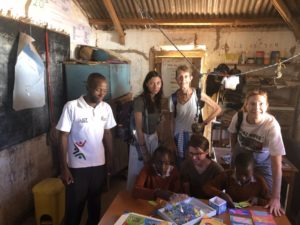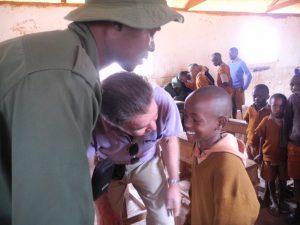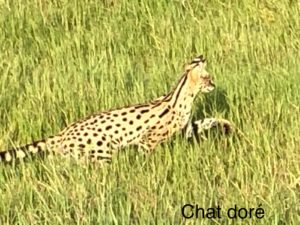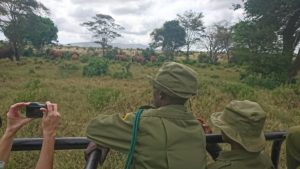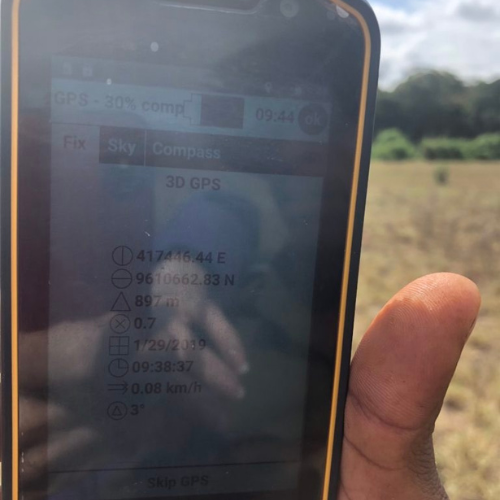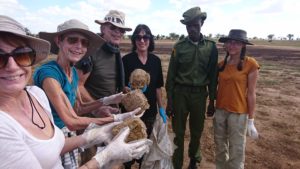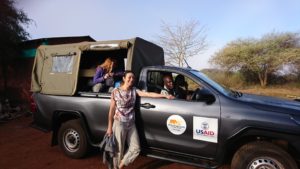International volunteering in Kenya
Contribute to the preservation of Kenya’s biodiversity by going on an international volunteer mission!
“The conservation of natural resources or at least the sustainable management of these resources must occupy a prominent place in the overall planning of Kenya’s development. It must in the long term eradicate poverty, malnutrition and underdevelopment in the country.”
Wangari Maathai, Kenya – Nobel Peace Prize 2004
Many volunteers
have already taken the plunge…
Discover the satisfaction of participating in actions that bring about change!
Without being a professional in international solidarity, whether you are still studying, in active life or retired, everyone has skills, professional or personal know-how that is useful to others.
Depending on your fields of expertise, we will place you on one of our missions, but none of the activities require a special level of qualification. We are committed to your commitment and your interpersonal skills. However, if you are going alone, basic English is essential.
During your mission, you will experience a cultural immersion with local communities and the rangers will introduce you to their daily work for the conservation of wildlife.
Together, let’s learn to know each other and respect nature for a common future.
Mission locations in Kenya
Elsa Conservation Trust
Joy and George Adamson have dedicated their lives to conservation and education. Over the past forty years, after the couple were murdered by poachers, the Elsa Conservation Trust has donated millions of dollars to wildlife conservation and education projects, helping to create Kenya’s famous Meru, Samburu, Shaba, Kora and Hells Gate parks and reserves.
Today, its main activities and objectives are to promote biodiversity conservation through its Birds Rescue Center, wildlife monitoring and youth education.
The Center provides volunteers with an environment and facilities conducive to research on the ecology of Lake Naivasha as well as ornithological research (450 species of birds, including 80 waterfowl on Lake Naivasha – 250 at the Elsamere site). Other projects include the preservation of wildlife habitats, grasslands, forests, shrubs, aquatic ecosystems, fisheries and the study of invasive species. Participation in work on agriculture and livelihoods as well as awareness of sustainable development in schools The center works with the surrounding local communities to conserve their natural habitats!
SENS SOLIDAIRES has partnered with Elsamere since the establishment of correspondences between schools here and there.
Thus, we add an international dimension to environmental issues to best promote the integration of the 2030 agenda into youth programs.
As international volunteers, you will go into the field to monitor these projects.
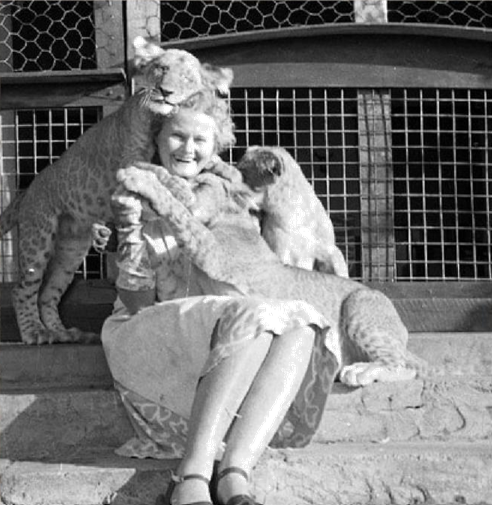
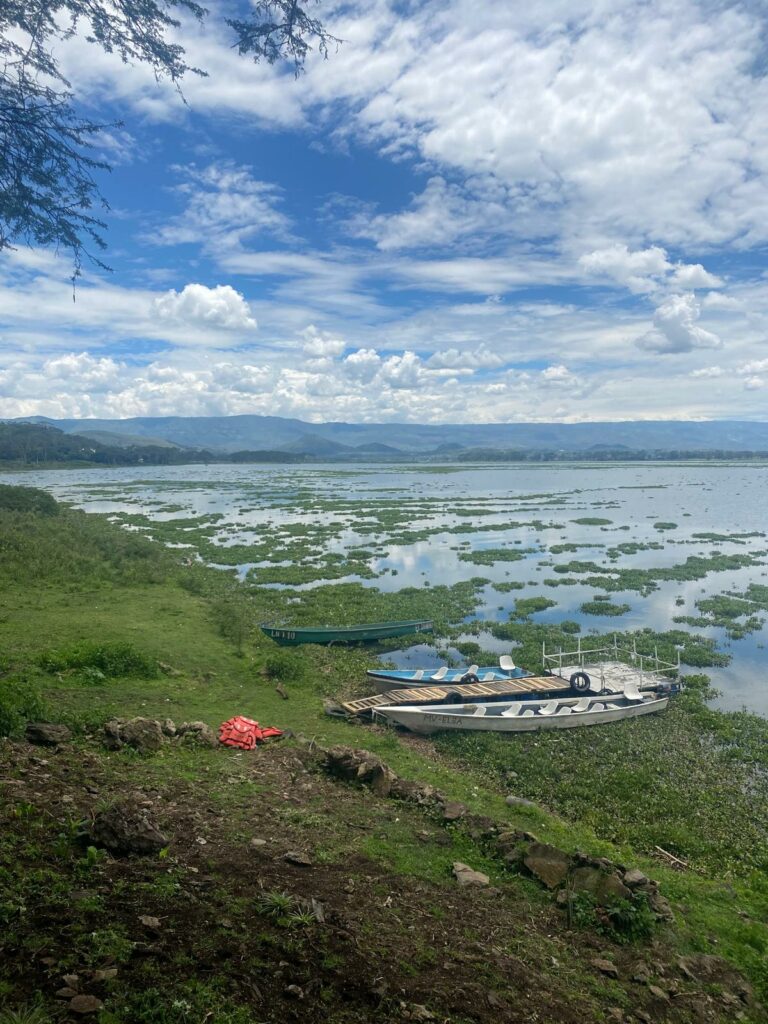
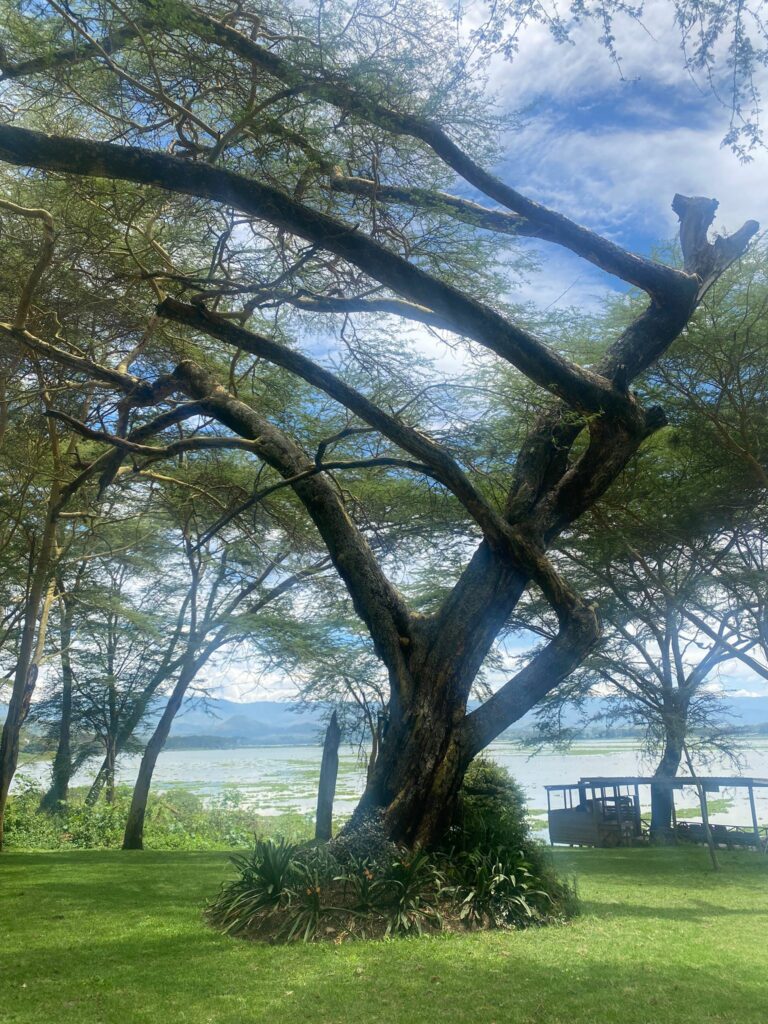
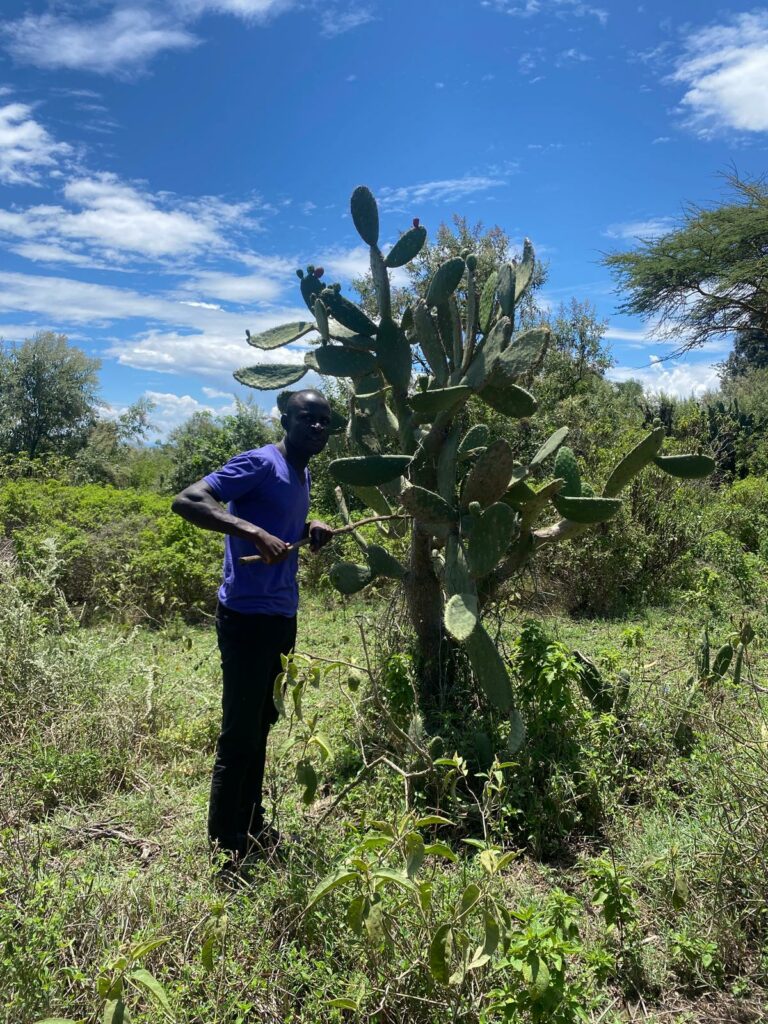
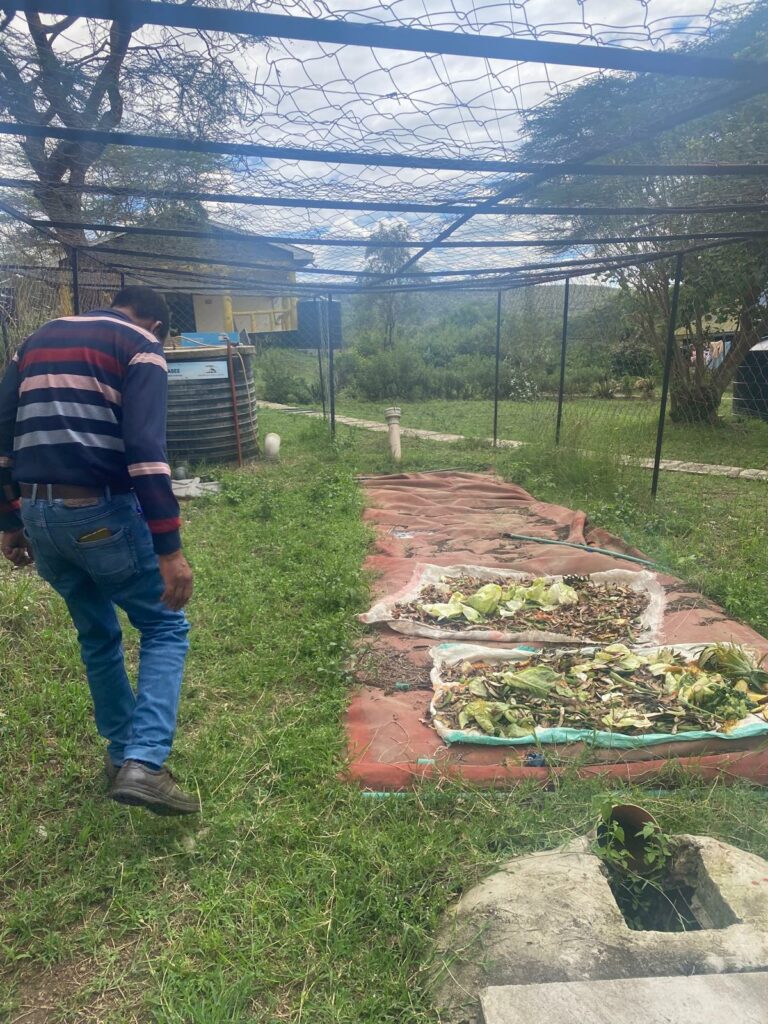
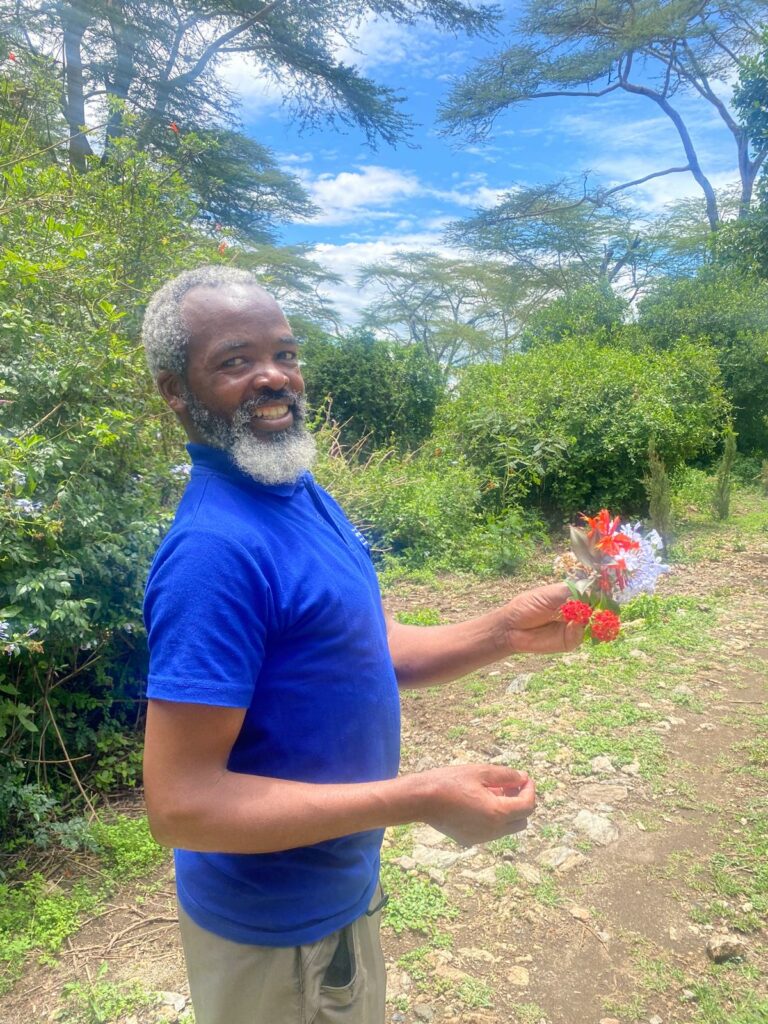
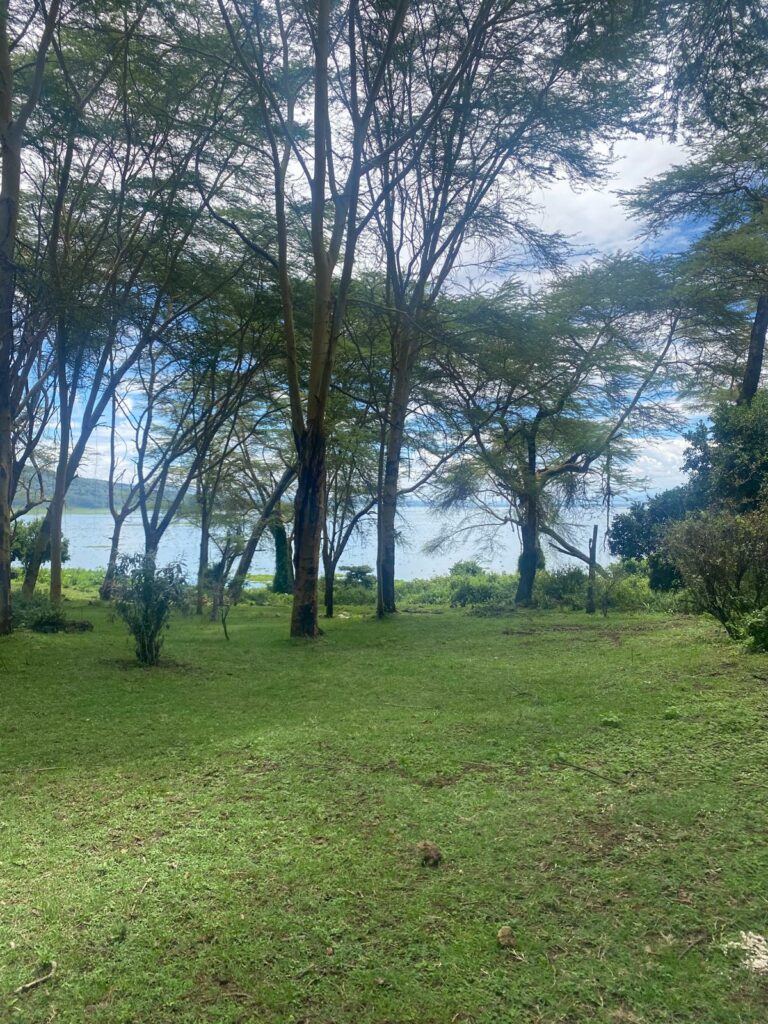
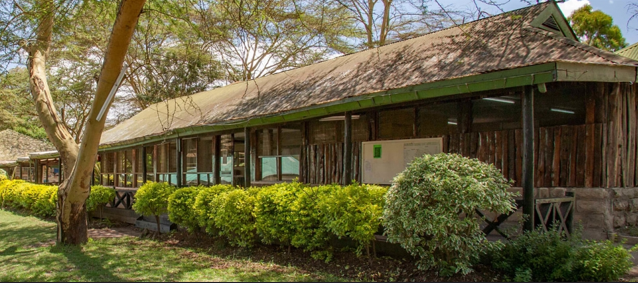
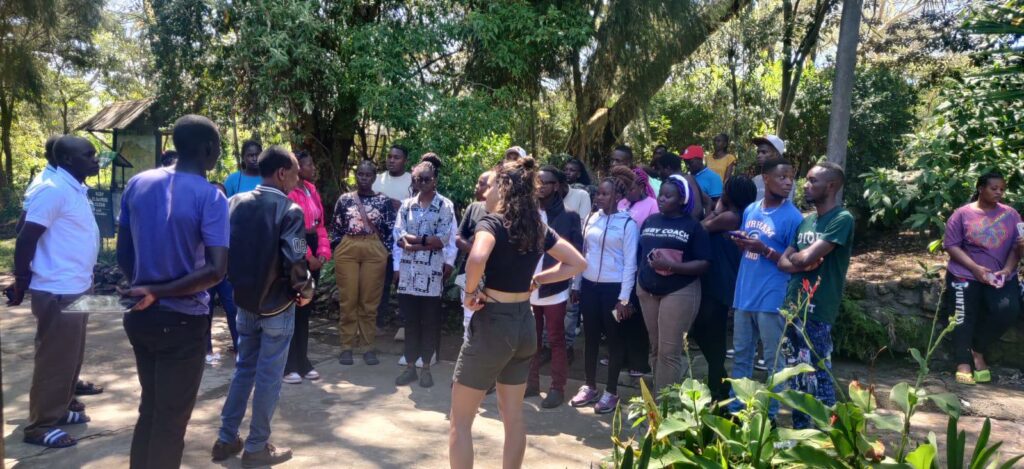
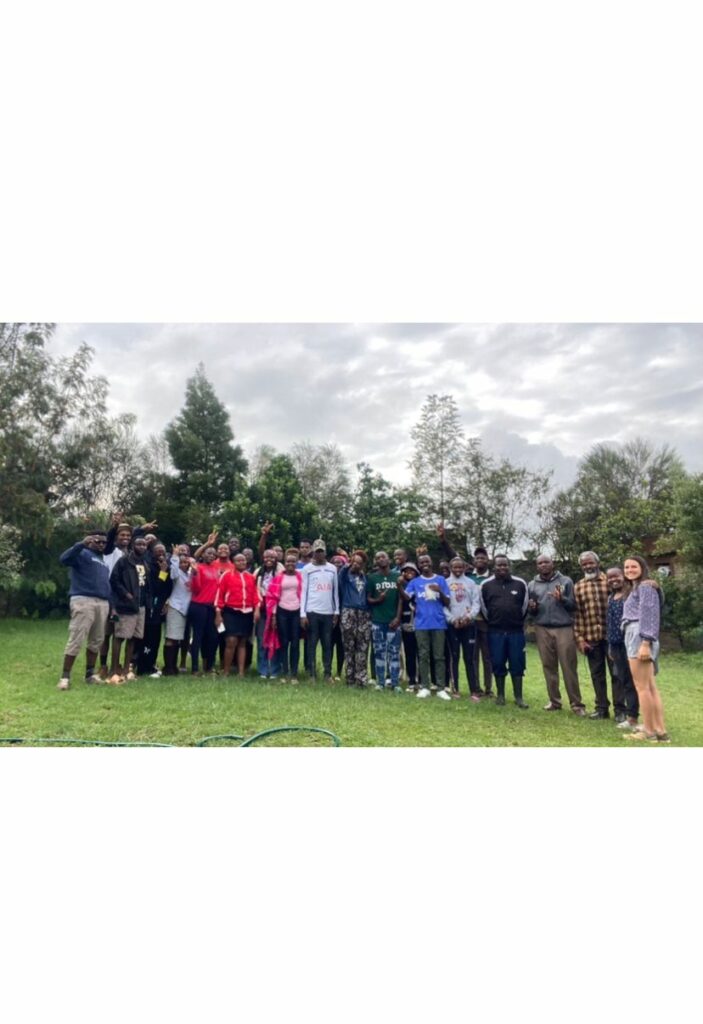
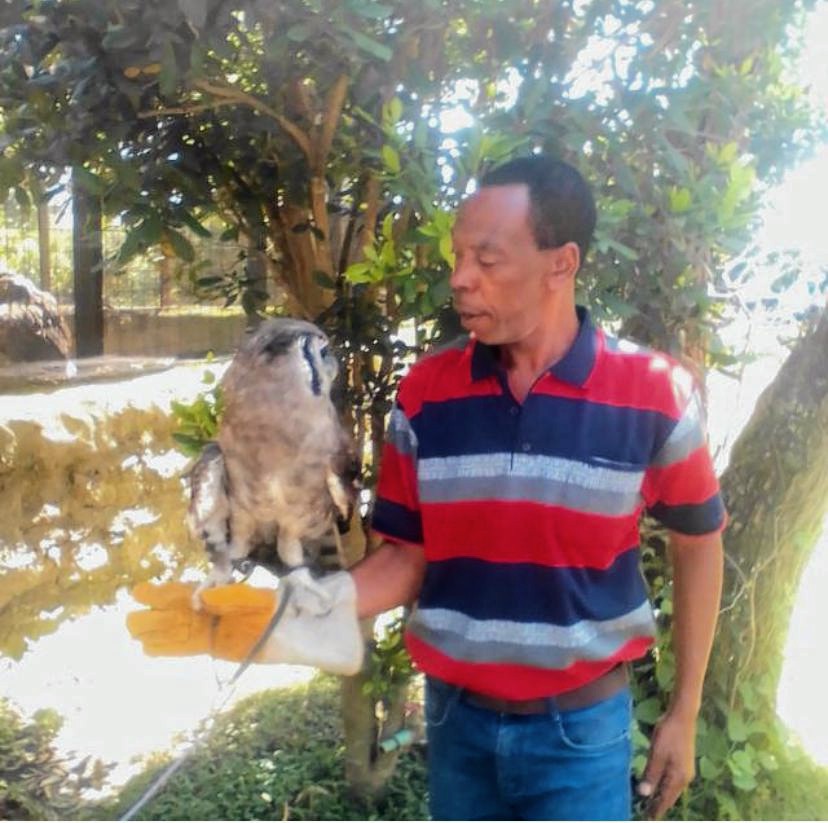
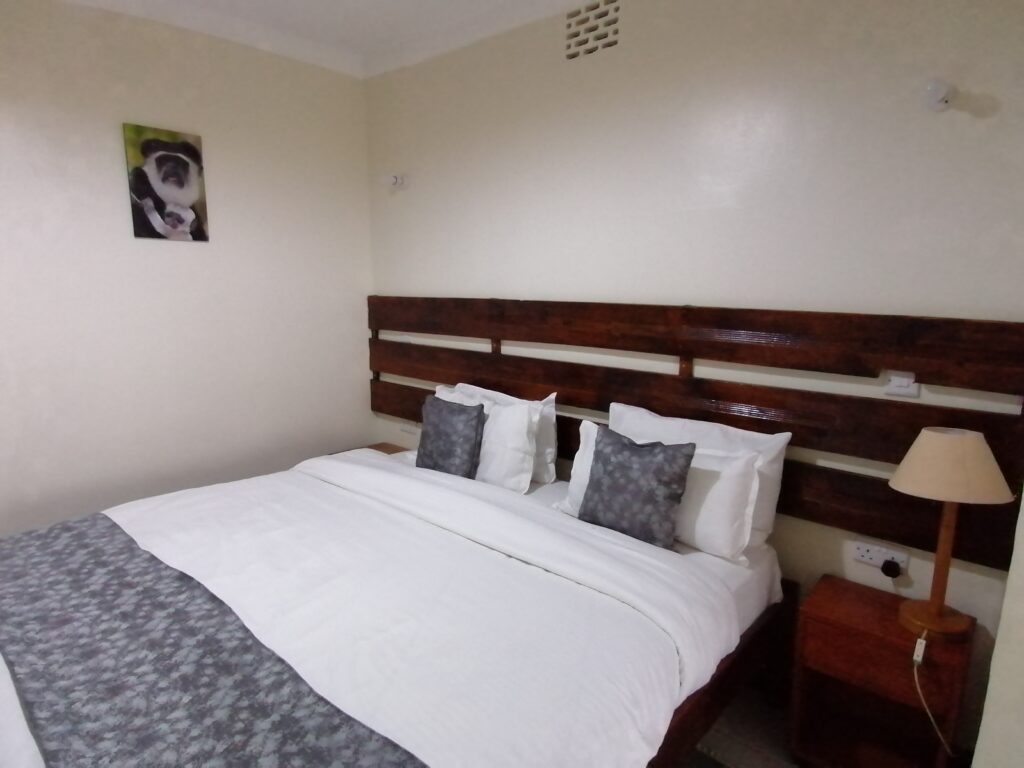
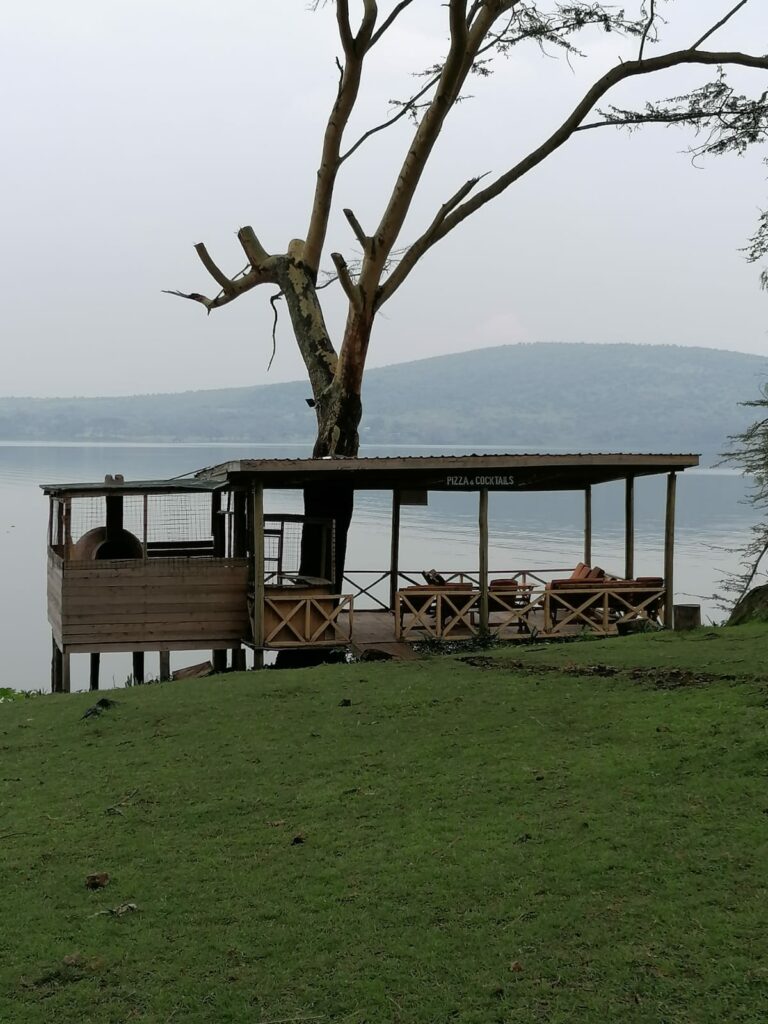
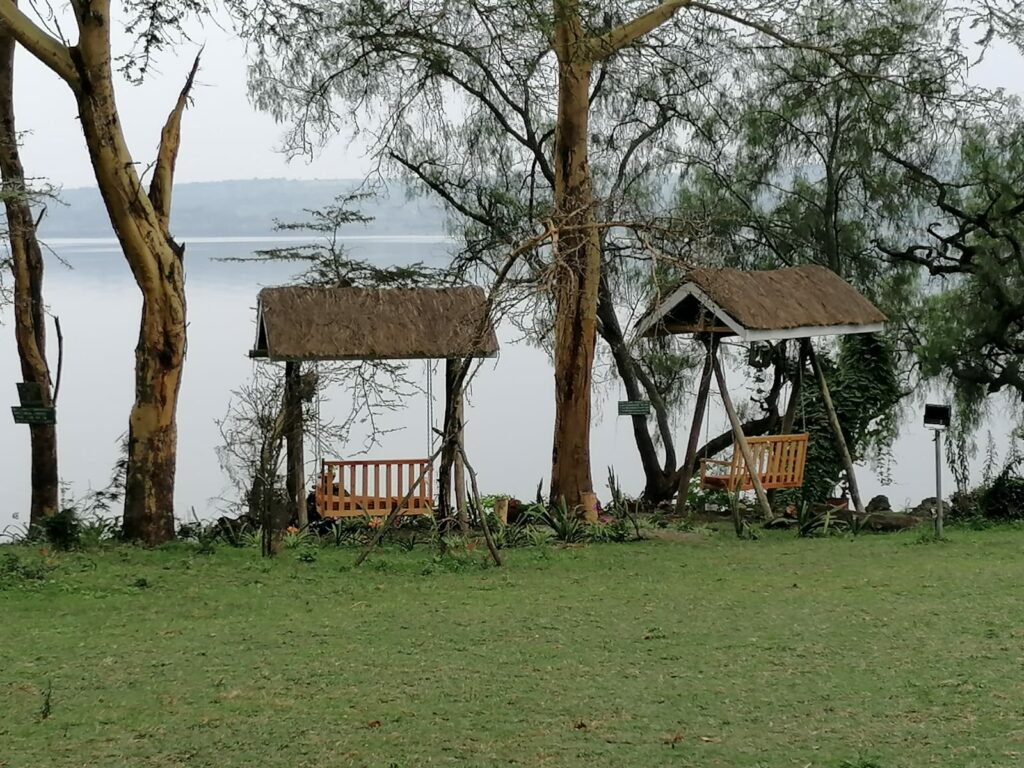
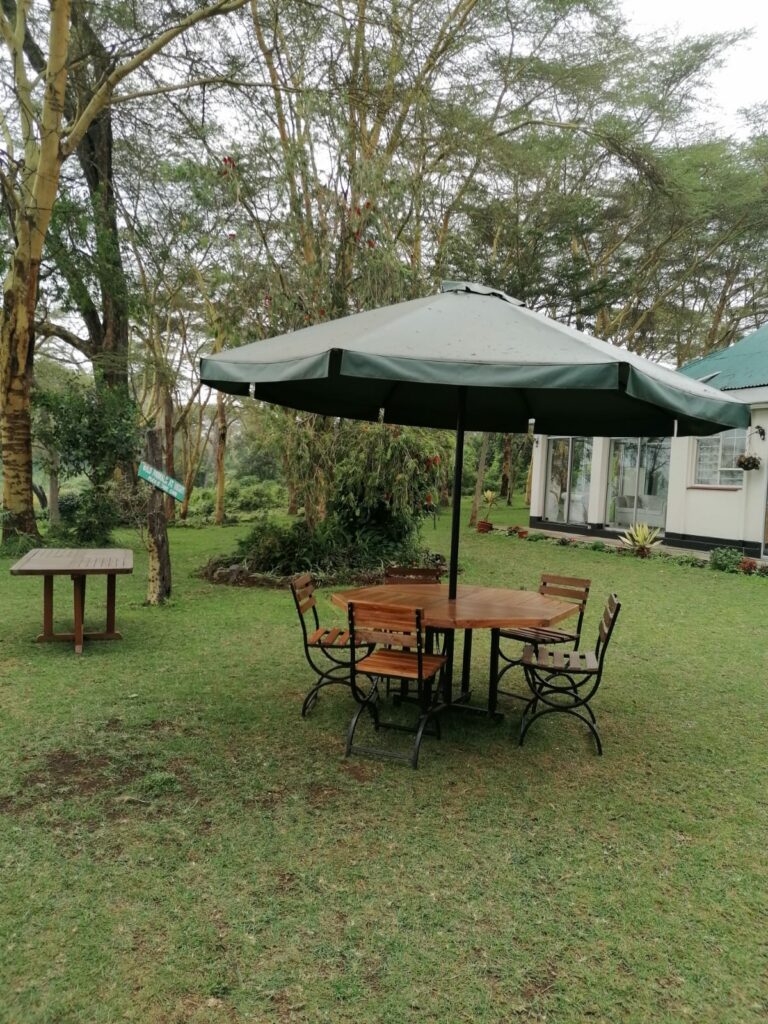
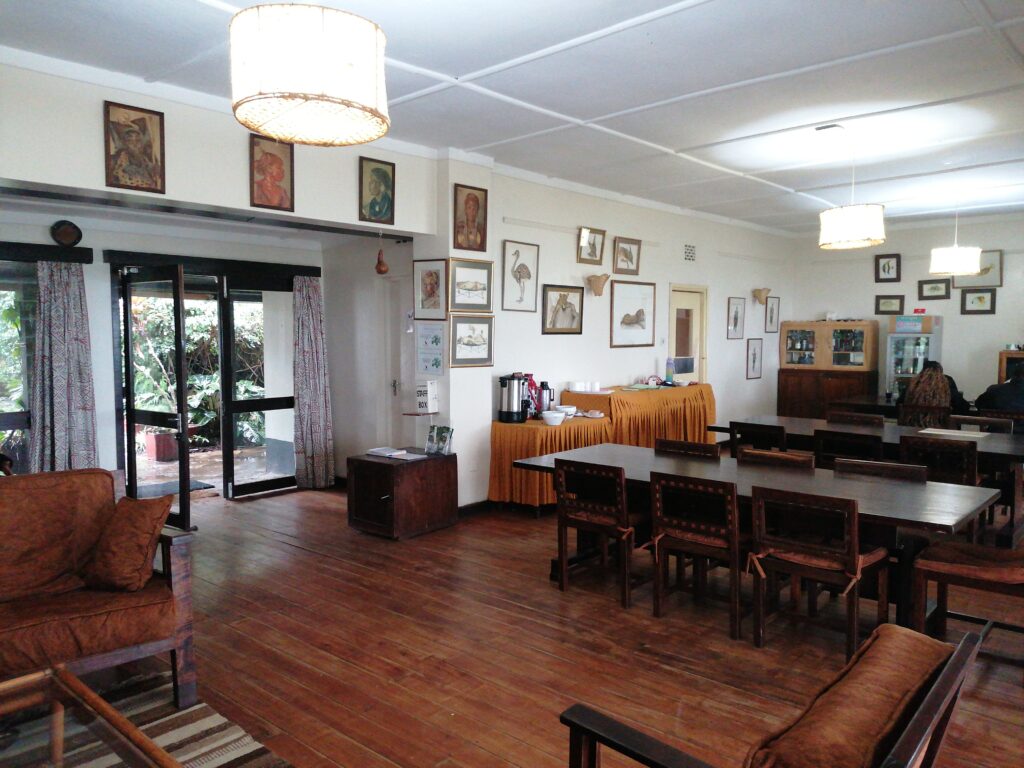
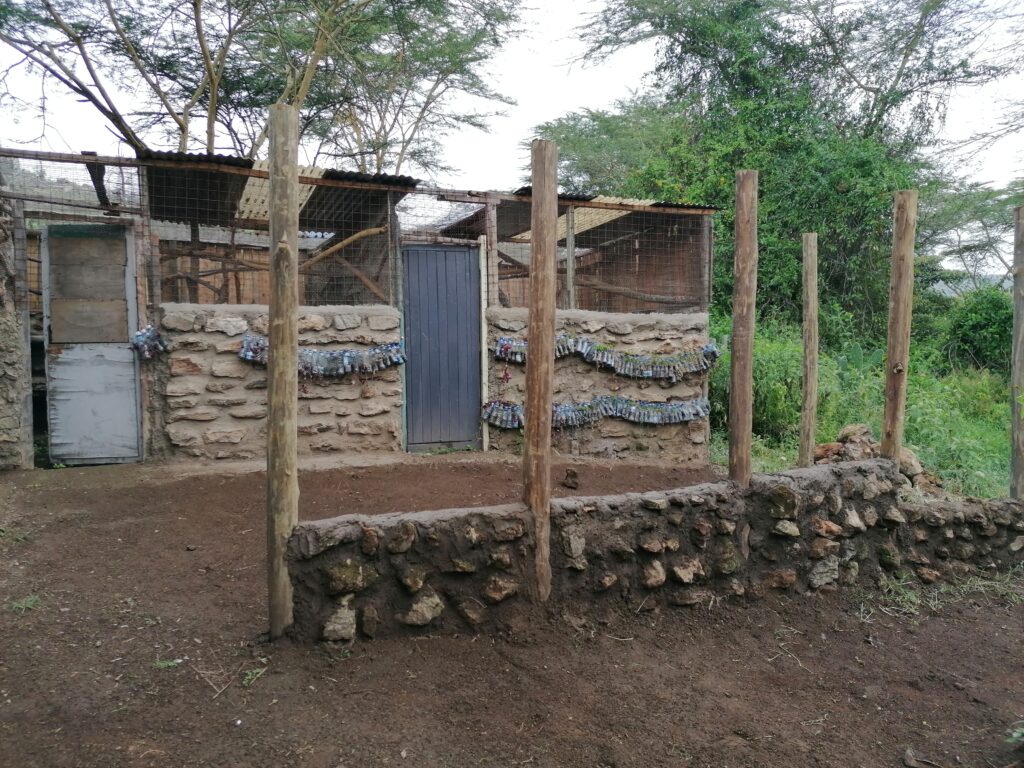
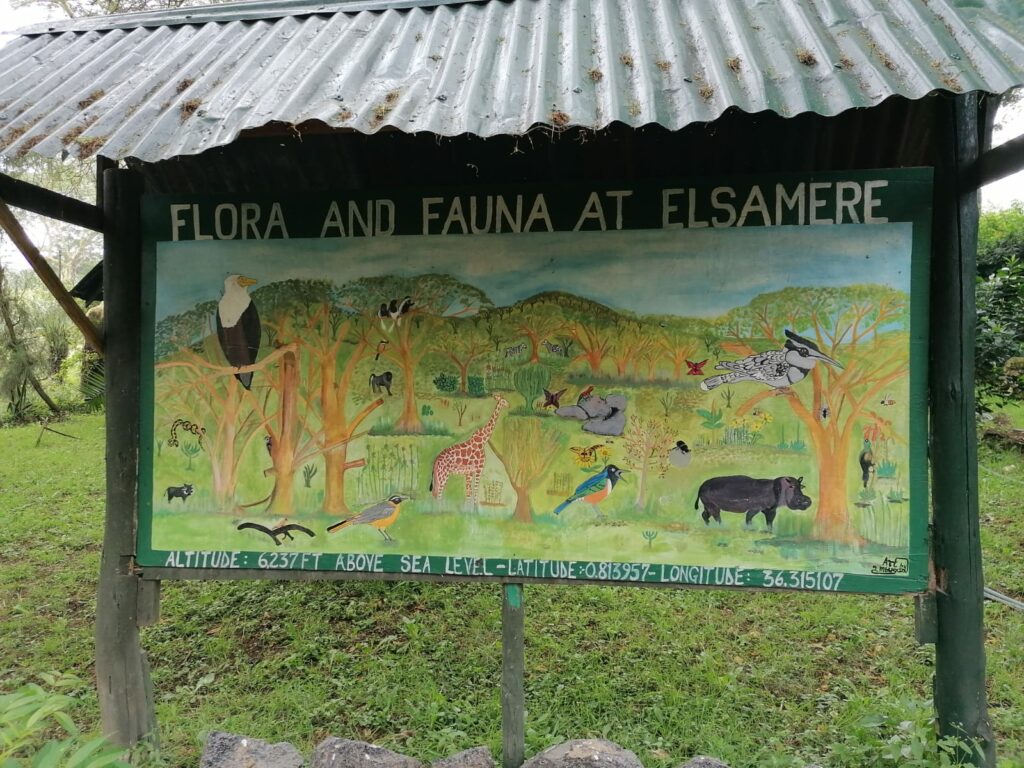
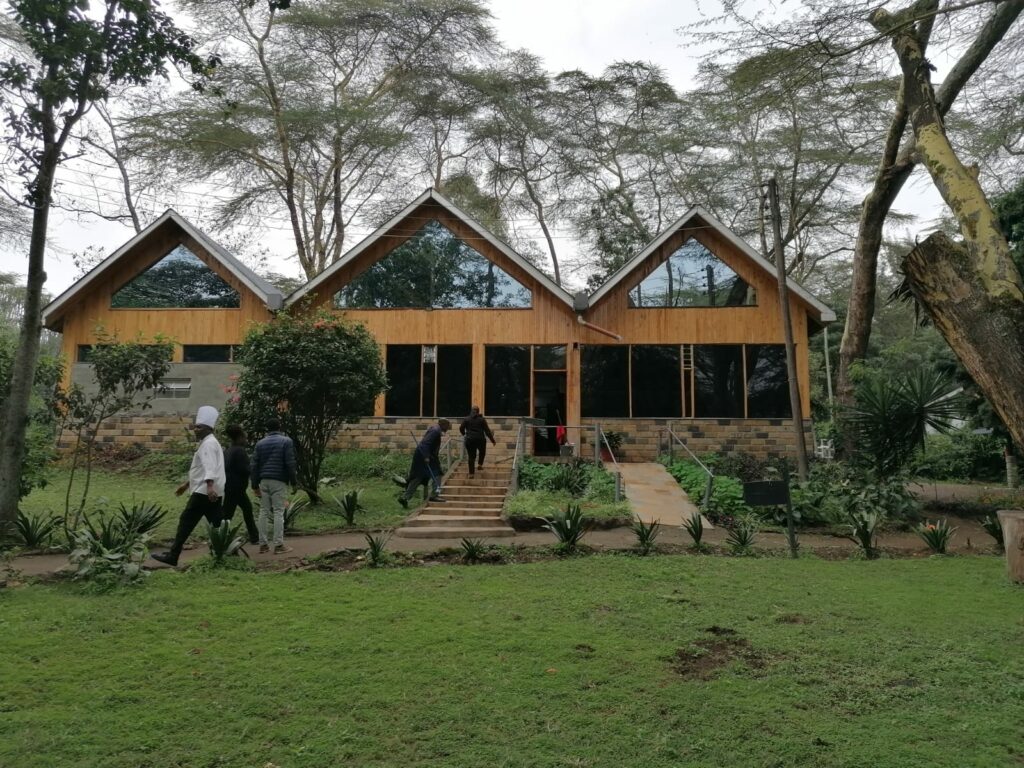
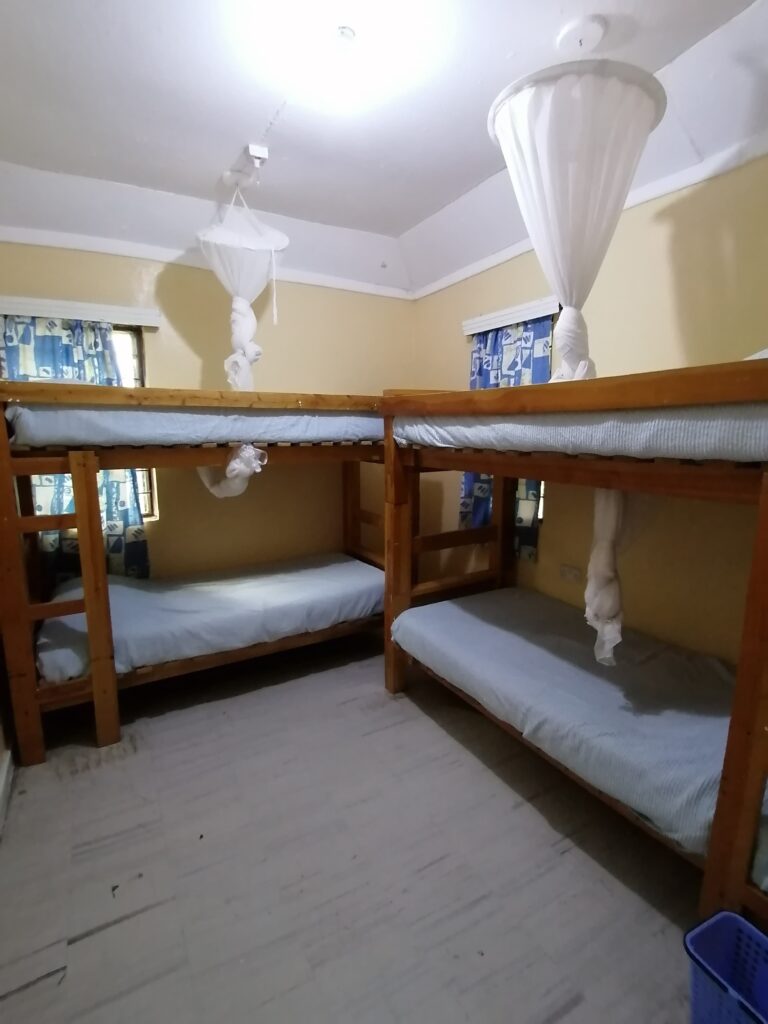
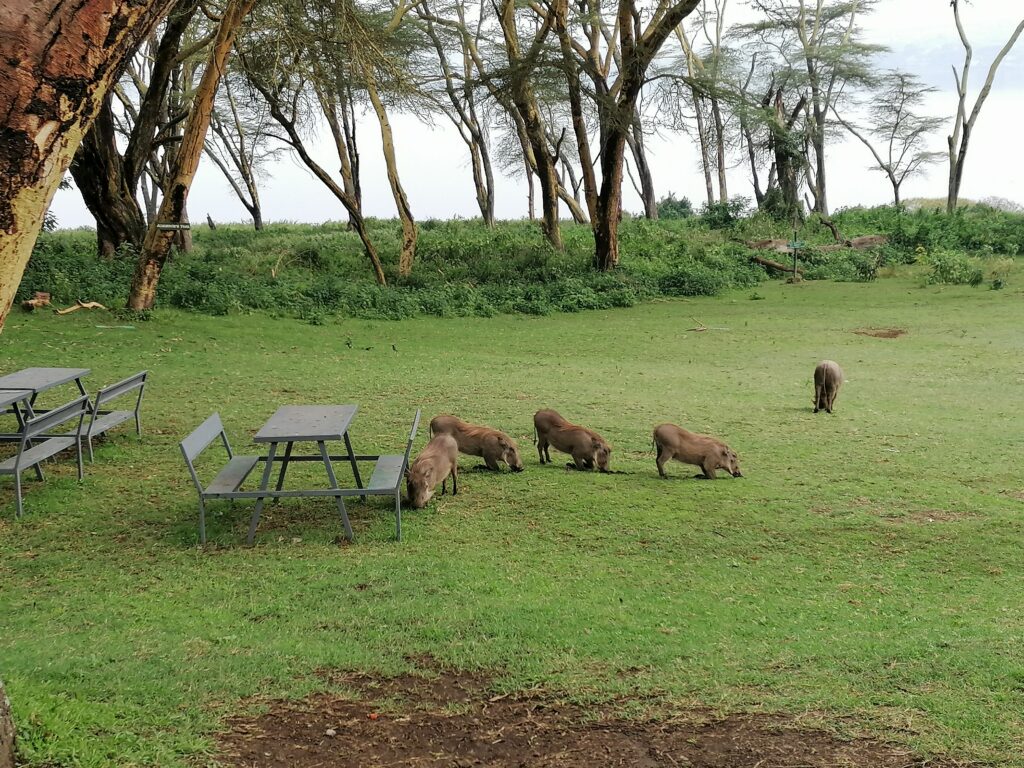
Taita Taveta National Polytechnic (TTNP)
Higher education institution in the city of Voi, at the gateway to Tsavo Park. This university has several teaching sections, including a pole dedicated to tourism with which we work particularly.
The training courses for tourist guides and tourism management in Kenya are closely linked to the knowledge of local fauna and flora, which make the country famous, its preservation, and the threats that weigh on them.
The campus is very committed to biodiversity, has its own nursery and has installed trash cans on its premises, which contrasts with the non-management of waste outside.
Students also learn French there.
Thus, Sens Solidaires, in partnership with the French Ministry of Foreign Affairs, has connected students with the Lumo Sanctuary to work on a biodiversity preservation project and initiate the reception of volunteers on campus to strengthen this approach.
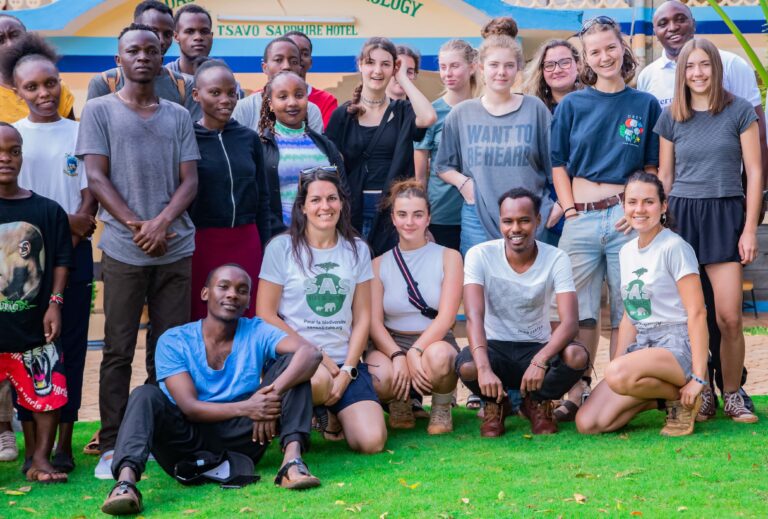
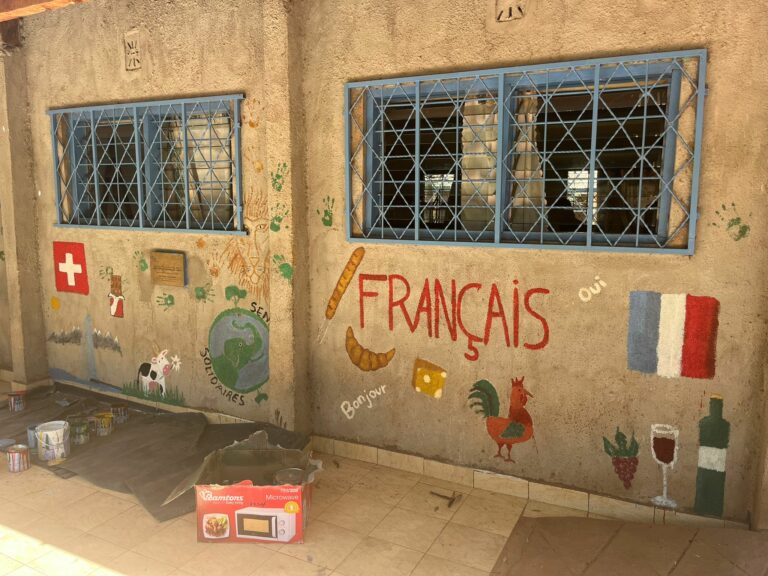
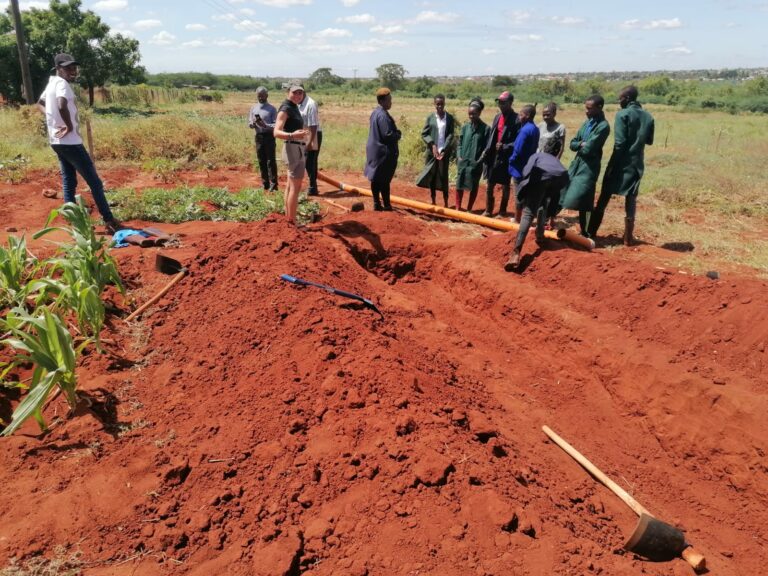
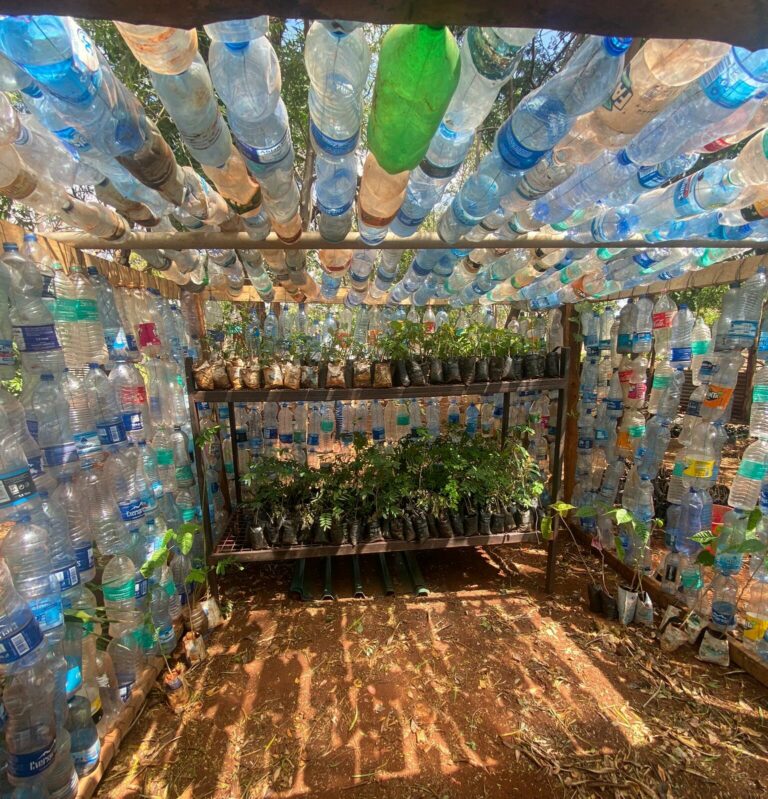

LUMO
Community Wildlife Conservancy
LUMO was created in 1997, from a memorandum of understanding between three ranches in the Taita Hills area to combat poaching and protect Kenyan biodiversity. Lumo is part of the historic elephant migration corridor linking the Tsavo ecosystem to the Shimba Hills.
The sanctuary takes a comprehensive approach to protect the environment and its people: improving the living conditions of local communities (health, education), adapting to climate change, etc. The rangers and the sanctuary administration come from the village community.
Ecotourism is the main source of income for this park thanks to the development of lodges (Lion’s Bluff).
Role of the sanctuary and rangers
– Fight against poaching.
– Management of conflicts between wildlife and local populations.
– Control of illegal grazing of herds on wildlife territory.
– Work on access to water and reforestation for their ecosystem.
The role of the volunteer
For Elsamere & LUMO
Patrol with the rangers
Wildlife census
Bird census
Equipment maintenance
Creation of France-Kenya school correspondences with students from public primary and secondary schools
Development of the elephant dung paper factory
Establishment of a medicinal and agroecological garden
Exploratory mission – diagnosis for future projects
Sharing knowledge according to your area of expertise.
1. Diagnosis of environmental and educational projects in Elsamere and Taita Taveta National
Polytechnic (TTNP).
2. Establishment of school correspondences between Kenyan and French schools.
3. Participation in conservation initiatives around Lake Naivasha and educational activities.
At T.T.N.P.
Support during French lessons, practice oral French with students, share the cultural aspect of the language (difference between written and spoken French).
Maintain intercultural exchanges with French students (help with writing letters, preparing videoconferences)
Share skills with students: how to manage a project, expressing themselves in front of an audience, IT, managing solidarity tourism, hospitality, catering from a permaculture vegetable garden, etc.
Develop biodiversity conservation projects with the LUMO Sanctuary.
Volunteer program
Sample program
Day 1: Transfer from the airport, lunch, installation, briefing and orientation before dinner.
Day 2: In the morning, after recommendations on wildlife safety, training on wildlife observation in the sanctuary. Meeting with our ranger referent or the biodiversity project manager then presentation of the local community, the projects with the committees concerned.
Day 3-6: Volunteer program: 4 enriching days participating in our development program.
The weekend: the volunteer has “free time”, he will be able to visit the Sanctuaries, Tsavo Park, Hell’s Gate, Lake Naivasha, Amboseli Park at the foot of Kilimanjaro or visit the ocean coast of Mombasa, without forgetting the discovery of the customs and traditions of the indigenous people.
Day 09 –13: Last days to complete the development program with the communities.
Day 14: Separation from the Community and transfer to the airport.
Please be aware, however, that the exact nature of the work you will be doing will depend on the priorities of the moment.
Examples of projects carried out over the years
2005: Construction of the visitor centre, the campsite and assistance in the construction of the Elephant paper workshop.
2006: Signage – Assistance in the installation of the Sanctuary signage to encourage more visitors to come.
2007: Environmental education – Continuation of the primary school programme, raising awareness of nature by creating innovative activities.
2008: wildlife count
2010: Tree planting
2013: Training in the manufacture of recycled paper from elephant dung at the Lumo Sanctuary.
2014: Start of connections with the Maktau School.
2015: Deworming campaign for domestic livestock.
2016: diagnosis for the installation of the permaculture vegetable garden in the Maktau School.
2017: Wildlife census and reforestation.
2018-19: Training of Taita and Masai students in the manufacture of recycled paper from elephant dung.
2021-22: Partnership with the CIT University of Voi, raising awareness among students about the preservation of their biodiversity. Cultural and linguistic exchange with our civic services abroad.
2022-23: After evaluation, continuation of the Elephant Dung Paper Factory project. Hosting of groups of students for social projects.
The cost of the volunteer mission
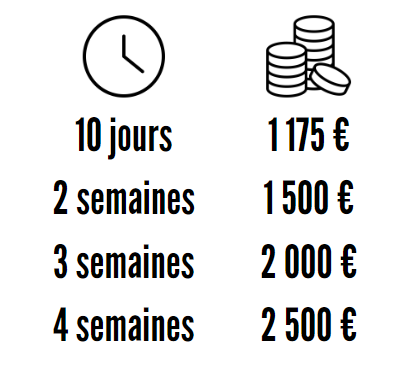
The total cost of a mission includes: - mission expenses including on-site transport, accommodation, supervision, food on site, between €1,175 and €2,500. To which are added in addition: - membership to the association (€25) - plane tickets (around €700), cancellation option strongly recommended. - travel insurance - VISA (€32) - Vaccination and pharmacy In total, 66% of the amount committed is deductible from your taxes when you file your declaration. Article 200 and 238 bis of the General Tax Code. We will issue you with a tax receipt at the end of your mission. The costs of weekend activities and any travel outside the program are your responsibility.
- How to leave?
Mission departures are open all year round, it is up to you to choose your departure dates.
1) First of all, you must make sure that the flights Paris > Mombasa or Paris > Nairobi correspond to your availability and your budget! Use flight comparators: Skyscanner, Kayak, eDreams..
2) Contact us by email (contact@sensolidaire.org) or by filling out the form HERE indicating your name, first name, telephone number, email, choice of destination and any questions you may have. We will contact you to discuss the mission.
3) Book your plane tickets and send them to us by email.
4) Pay the mission fees and join the association.
5) We send you the terms of commitment to sign.
6) We send you practical advice on preparing for the mission.
7) We send you the mission sheet based on your skills, to be completed upon your return from the mission.
Practical information
For any questions, here is the Practical Advice, a complete file that you can consult and download.
